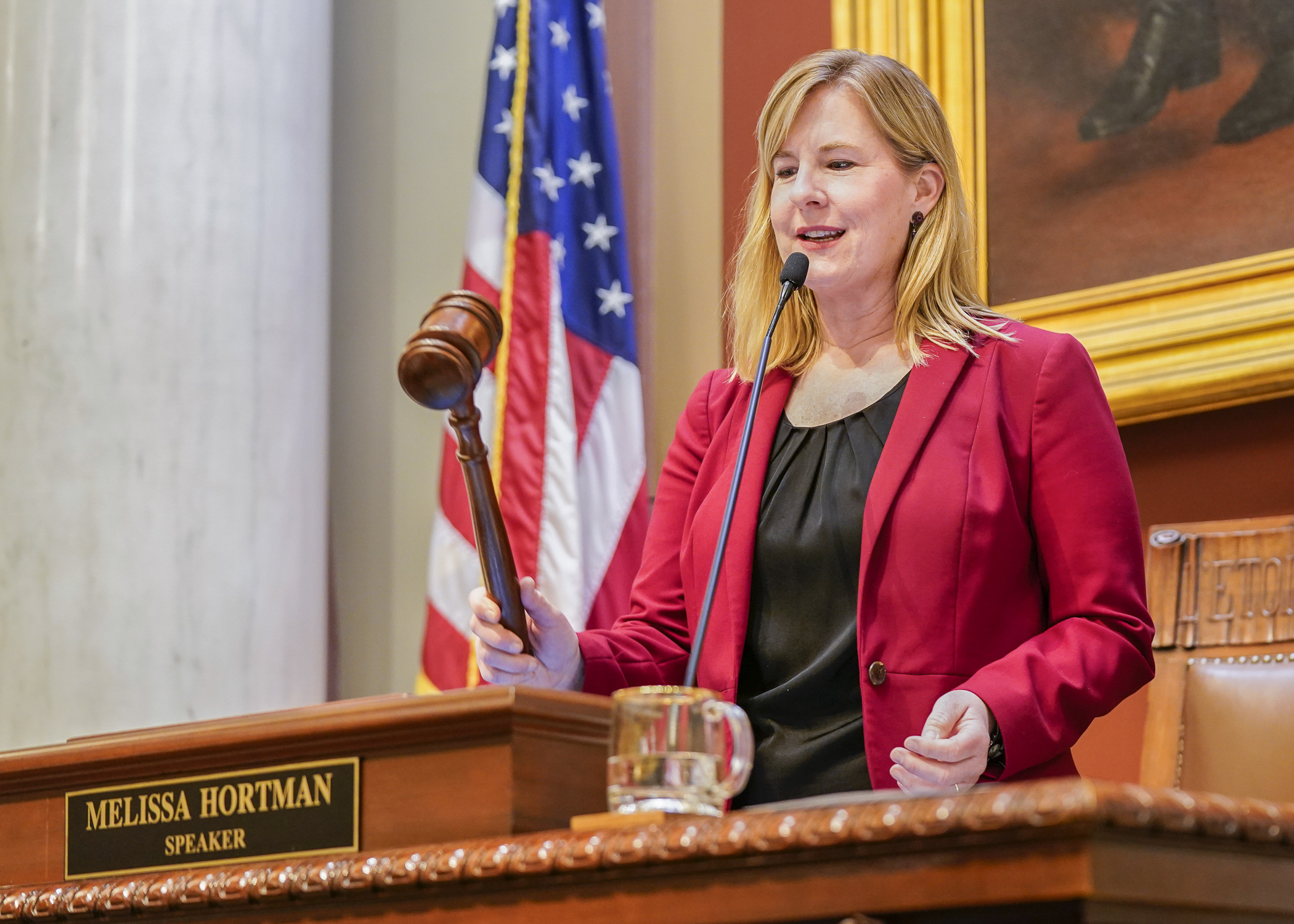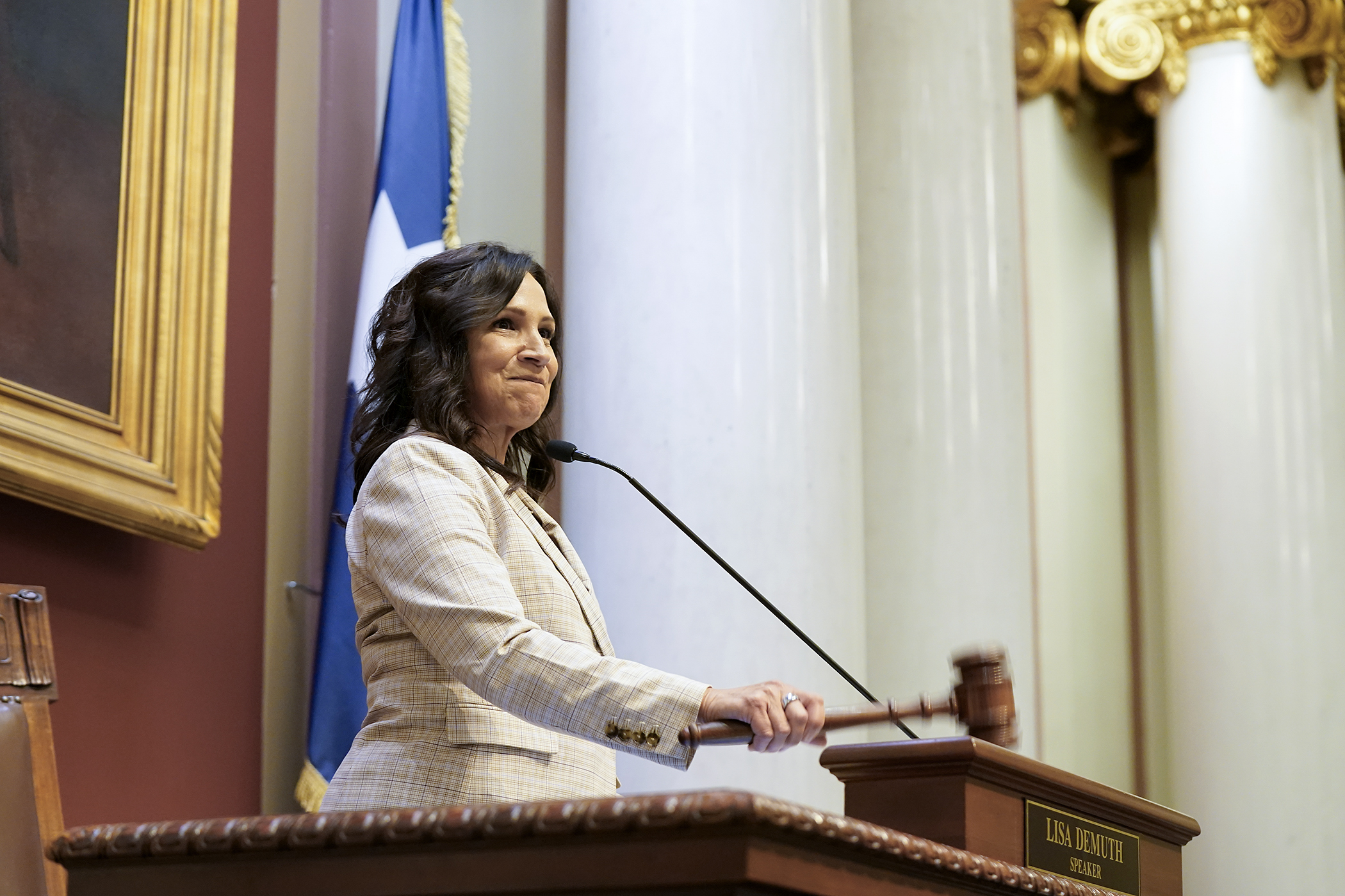Bill could help recycle landfills for use as solar sites
If one person’s trash is another’s treasure, then perhaps a community’s landfill could become one of its chief sources of electricity.
That’s the idea behind HF2627, sponsored by Rep. Ned Carroll (DFL-Plymouth), which would help convert closed landfill facilities into sites for solar arrays, the metamorphoses aided by $20 million in funding.
On Wednesday, the House Climate and Energy Finance and Policy Committee approved the bill and re-referred it to the House Capital Investment Committee.
“As my mother-in-law would say, it’s a might as well,” Carroll said. “If you’re doing something and another opportunity presents itself, you might as well do that.”
The transformations would be a two-step process: First, a total of $5 million from the General Fund and $5 million from the Renewable Development Account would be used to retire general obligation bonds associated with closed landfill sites that are being considered for local solar projects.
The Renewable Development Account is a fund managed by the state but paid into annually by Xcel Energy on a formula based upon how many casks it’s using for nuclear waste storage in the state. The account is designed to fund projects that employ renewable energy sources.
Then another $5 million from each fund would go toward a grant program for utilities to develop solar projects on closed landfills. Just as with the bond-retiring funds, the money from the Renewable Development Account would go toward land within areas receiving electric service through Xcel Energy, while the General Fund money would go toward areas outside Xcel territory.
“It’s an opportunity for us to transform over 4,500 acres of otherwise unusable land into 950 megawatts of solar, enough to power 100,000 Minnesota homes,” said Logan O’Grady, executive director of the Minnesota Solar Energy Industries Association. “We compete in a 50-state market and tools like this are tools in our toolbox to deploy more solar and more clean energy. It sends a signal that Minnesota’s a great place to do business.”
Rep. Chris Swedzinski (R-Ghent) asked how many conversions of closed landfills to solar sites could be funded by the bill. O’Grady said that five were selected by the Environmental Quality Board from among 110 eligible sites, each capable of a 1-megawatt solar facility on 8 to 10 acres of land.
Related Articles
Search Session Daily
Advanced Search OptionsPriority Dailies
Speaker Emerita Melissa Hortman, husband killed in attack
By HPIS Staff House Speaker Emerita Melissa Hortman (DFL-Brooklyn Park) and her husband, Mark, were fatally shot in their home early Saturday morning.
Gov. Tim Walz announced the news dur...
House Speaker Emerita Melissa Hortman (DFL-Brooklyn Park) and her husband, Mark, were fatally shot in their home early Saturday morning.
Gov. Tim Walz announced the news dur...
Lawmakers deliver budget bills to governor's desk in one-day special session
By Mike Cook About that talk of needing all 21 hours left in a legislative day to complete a special session?
House members were more than up to the challenge Monday. Beginning at 10 a.m...
About that talk of needing all 21 hours left in a legislative day to complete a special session?
House members were more than up to the challenge Monday. Beginning at 10 a.m...